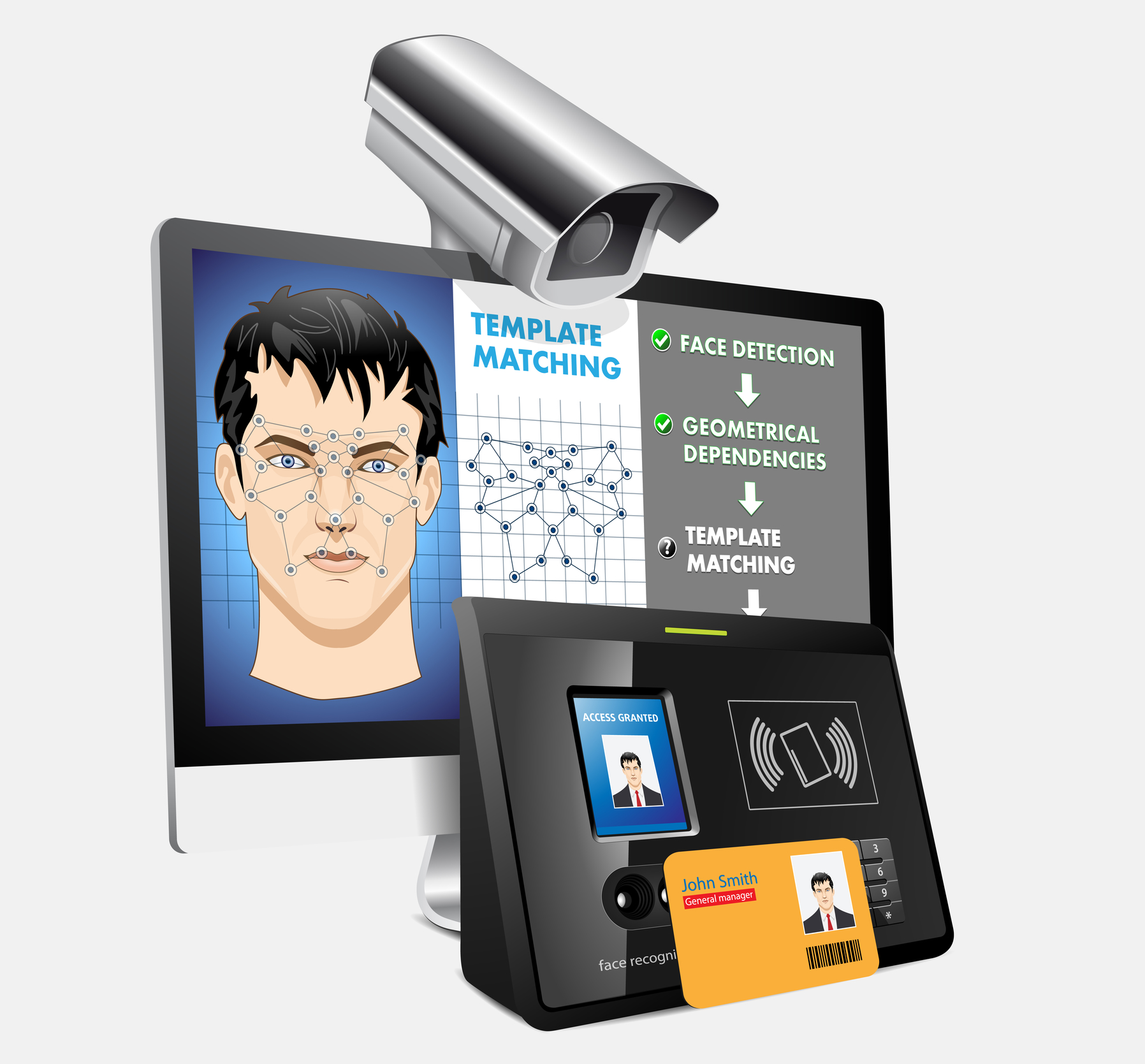By: Jamie Brown
For as long as I can remember, Hollywood has promised me phones on my watch, automatic driving cars, and smart environments that know you and your habits. As a kid I would watch all the Sci-Fi shows were the Humans would interact with machines and the machine would automatically know what to do without active interaction with the user. That time has come. Google and Tesla have autonomous driving vehicles, Apple and Samsung have phone watches, and we now have the ability to recognize an individual using Video Analytics and Facial Recognition Software. No other societal group can benefit from this technology more than Schools.
The concept of Smart Schools has been around for a while and with the low cost of cameras, processing, and storage, the ability to utilize this technology has skyrocketed. As the reliance on security cameras increase new features such as Facial Recognition Firmware are standard. For example, did you know the cameras you have in place can be used to take attendance as the students enter the school automatically?
These same cameras can screen the visitors to your School for known threats. A person can be enrolled into the system therefore when they show up to the School/Facility the Facial Recognition Software can identify them and send out a warning. These persons are identified by capturing their image or through databases such as sex offenders list or terrorist watch list.
These same cameras using the Facial Recognition Software can also be utilized as access control credential securing entry of restricted areas. Looking back at all those Sci-Fi shows they used a bunch of different hi-tech biometric solutions to gain access to a top secret area. Fingerprints, Hand Geometry, Retinal Scans, Iris Scans, etc. It turns out that all of these technologies have come and gone, not taken hold for the masses – accept video verification. Until now if you needed to secure a building, track users, or required key control you would install a Card Access System. Card Access requires a credential to be presented to a reader for the door to unlock for entry – requiring active interaction. Using Facial Recognition the system recognizes the user as they approach either granting or denying access – passive and automatic to the user.
In the end, it is surprising how close Hollywood has gotten to what is now available. Now I am just waiting for my Jet Pack and Flying Car.



